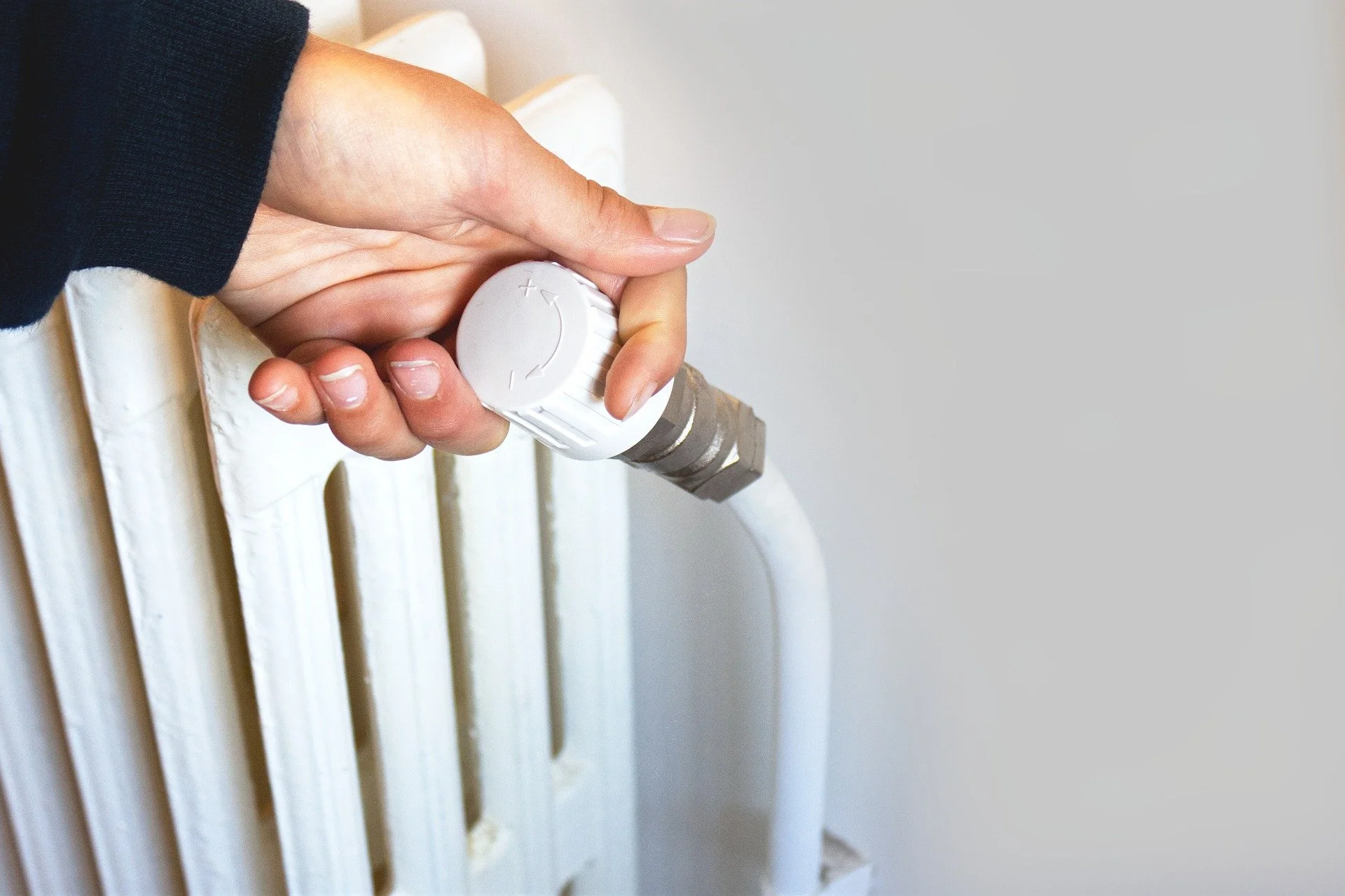1% Better Changes to Make in Your Life
It is easy to feel overwhelmed by climate change talk. Carbon neutrality feels like a massive undertaking, but, as we are exploring with our 1% Better Every Day mission, small changes can make a big difference. Sometimes, breaking down the steps into more manageable chunks can help us see a clearer path to take. In this blog post we look at easy, budget changes to make both in your home and your life that can help get one step closer to carbon neutral living.
Heating
The easiest, but most overlooked, change within the home is turning down the heating thermostat. With the country currently swamped by a cost-of-living crisis many people have opted to turning their heating off altogether. However, this isn’t generally advised. Turning your boiler off, particularly when it is icy can lead to burst pipes, and the massive expenditure that they entail. The Centre for Sustainable Energy recommends keeping you house heated to 18 degrees Celsius during the night and between 19 and 21 degrees during the day. If you allow your house to drop to 14-15 degrees Celsius, you run the risk of diminishing your resistance to respiratory diseases. *
If your thermostat is set higher than the recommended temperature, try turning it down just one degree. You may not notice the reduction at all, but you will be saving a huge amount of energy. You could also see your bills reduced as much as 10%.
It may be worth installing a smart meter to keep a more accurate track of your energy usage.
Draught Proofing
Another easy change to make around the home. Whilst homes do need some ventilation to reduce condensation levels, draughts are uncontrolled and will cause heat, and therefore energy, to escape. By simply blocking holes you could save a lot of energy and a few pounds at the same time.
Having these holes filled by a professional will cost extra but will save more energy and money in the long run. However, filling them yourself, where you can, is an excellent start. However, do make sure that you don’t fill any important ventilation vents by accident.
Lighting
Let’s face it, we all need to change lightbulbs. Next time you find yourself in need of a lightbulb, invest in a LED bulb instead of a halogen one. A 50W Halogen spotlight can be replaced by a 5W LED bulb. * That is a 90% reduction in energy use. Aside from the initial energy reduction, LED bulbs provide further advantages. Their life span is a lot longer so less bulbs need to be produced, there is less heat loss and LEDs contain no hazardous chemicals, unlike other bulbs on the market.
Opt for Greener Transport
Walk to work if you live close enough, car share or opt for public transport. If none of these options appeal, or are viable, why not try the cycle to work scheme? The scheme allows employees to obtain commuter bikes through their employer, whilst spreading the cost over 12 months. As there are no initial up-front costs, the scheme provides a great way to get on the road quickly and affordably. Monthly payments for the bike are deducted from the employee’s gross salary before any tax is deducted. If an employee opts for this scheme, they will end up paying less tax and national insurance whilst the bike is being paid off. Overall, a bike could end up costing as much as 32% less than if you bought it at full market value.
Before committing to the scheme, we do recommend borrowing a bike and trying out your route a few times. Different bikes are suited for different routes, so it is important to choose a bike that best fits your routine.
Reduce, Recycle, and reuse!
This is one area that can feel overwhelming. We know we need to cut down on waste and yes, you could spend a fortune transforming your lifestyle to do so. However, it is just not realistic, especially with so many rising costs. Instead of trying to do it all at once find areas that you can adjust easily. When needing something around the house, try buying second hand. There is plenty of choice to be found in charity and antique shops.
Clothes can be more difficult, but nowadays there are incredible websites such as vinted and eBay where you can find bargains that don’t cost the earth. If you are looking for an item for a special occasion, there are rental services available too – John Lewis, for example, offer an amazing rental service where you can find designer dresses and ski wear. Wear a designer outfit for an event for a fraction of the cost and no waste when you decide to never wear it again.
For electrical items, why not try buying a refurbished item, rather than a brand new one?
Food
You don’t have to change your entire diet to be more sustainable, but small changes can make a big difference. Eating locally sourced, seasonal fruit and veg can help cut down on carbon emissions. Alongside the construction industry, food production is one of the leading causes of carbon emissions. Changing to locally sourced food can help reduce your carbon emissions by 10%*.
With the meat and dairy industry driving much of the carbon production, reducing your intake can make a massive impact. You don’t need to turn completely vegetarian or vegan, by having just one veggie day a week you can save up to 100kgs of CO2 a year. *
Whilst these are only small changes, they do all add up. Follow the SOLID team to learn more about our 1% Better Every Day mission. Each week we will be sharing posts from the team with ideas of further small changes that can be made to day-to-day life, within the home and on construction projects. We will also be sharing our findings on our PV panels and whether energy saving ideas implemented into the SOLID Studio are working. Subscribe to our website to make sure you never miss a thing.





